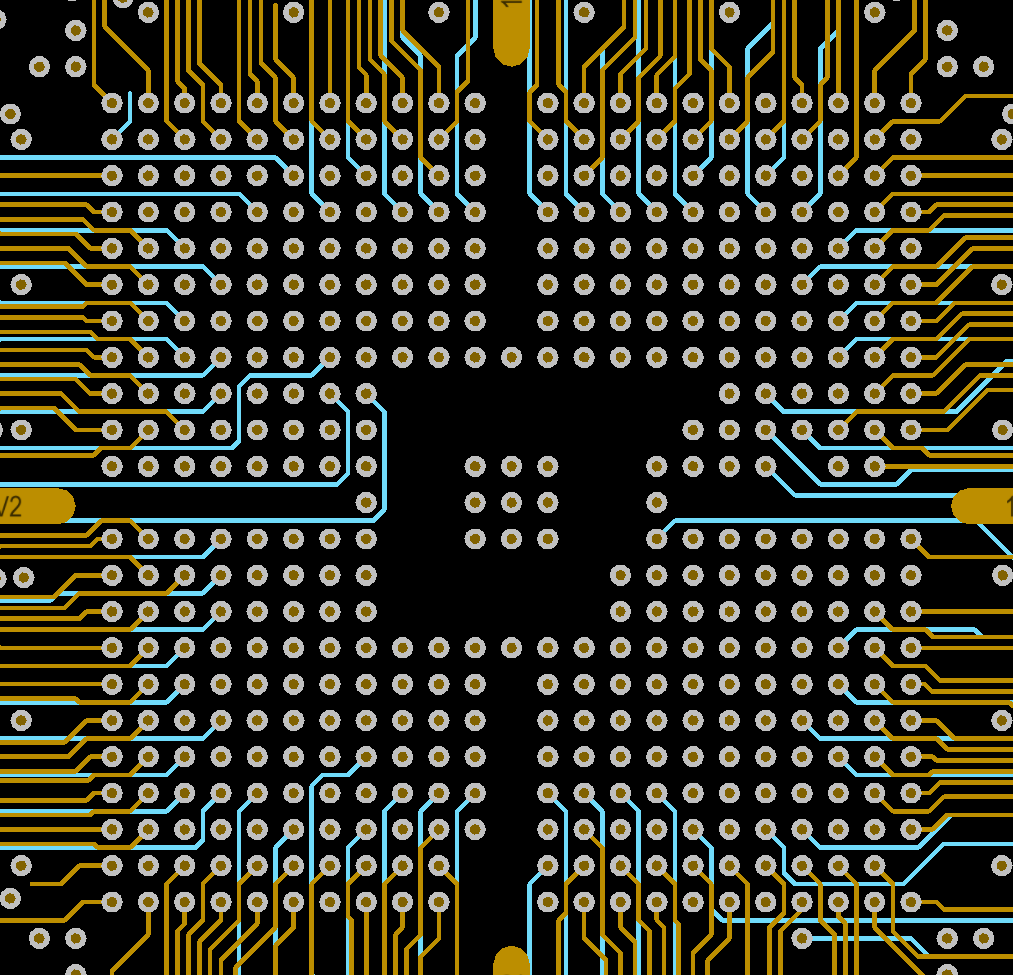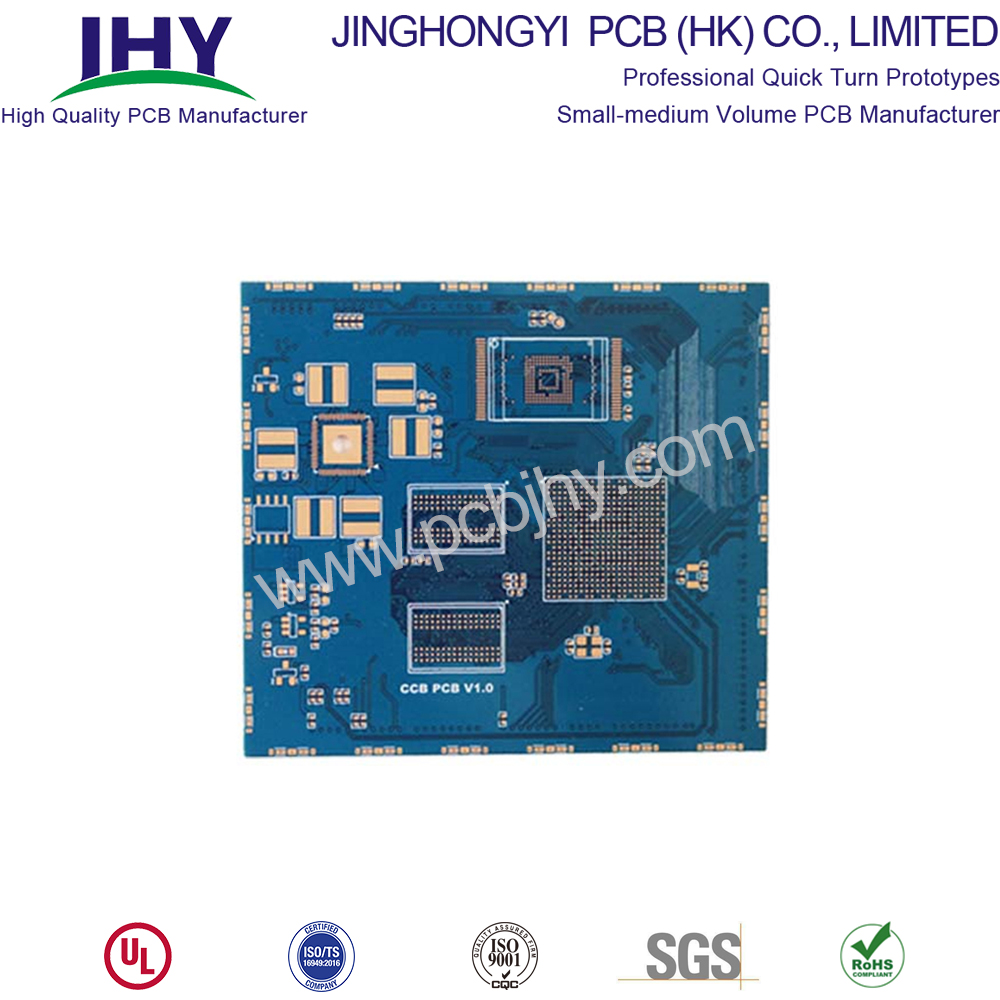 In 2012, China overcame the difficulties of the global economic downturn and foreign trade's drastic decline. It made progress in stability and progress, and the economy continued to develop steadily and rapidly. The gross domestic product was 5,133.2 billion yuan, an increase of 7.8%. The proportion of high-tech and tertiary industries increased, and the structure improved. Total retail sales of goods reached 2,076.7 billion yuan, an increase of 12.1%, total investment in fixed assets was 6,648.3 billion yuan, an increase of 19.3%, and imports and exports of foreign trade completed 3.87 trillion US dollars, an increase of 6.2%, 16.3 percentage points lower than last year.
In 2012, China overcame the difficulties of the global economic downturn and foreign trade's drastic decline. It made progress in stability and progress, and the economy continued to develop steadily and rapidly. The gross domestic product was 5,133.2 billion yuan, an increase of 7.8%. The proportion of high-tech and tertiary industries increased, and the structure improved. Total retail sales of goods reached 2,076.7 billion yuan, an increase of 12.1%, total investment in fixed assets was 6,648.3 billion yuan, an increase of 19.3%, and imports and exports of foreign trade completed 3.87 trillion US dollars, an increase of 6.2%, 16.3 percentage points lower than last year. The growth rate of power generation is determined by the GDP growth rate and the power elasticity coefficient reflecting the changes in the power structure. The GDP growth rate slows down by 1.5 percentage points, the economic structure adjustment is strengthened, the power-saving and consumption-reducing effects and other factors comprehensively affect the power supply. The elasticity coefficient was significantly reduced, and electricity consumption was significantly reduced. In 2012, the electricity consumption was 4.9591 trillion kWh, an increase of 5.5%, which was 6.2 percentage points lower than the previous year. The main reason for the decrease in growth rate is that the electricity consumption of steel, non-ferrous metals, chemicals, and building materials, which occupy about 40% of electricity, has not increased much, or even negative growth. For example, the cumulative growth in electricity consumption in the industry from January to November. Iron and steel industry-4.39, non-ferrous metal industry7.59, chemical industry-0.15, building materials0.15.
In 2012, the power generation amounted to 4,978,400 million kWh, an increase of 5.2%; of which hydropower was good, 864.1 billion kWh, an increase of 29.3%; thermal power was 3910.8 billion kWh, an increase of 0.3%; nuclear power was 98.2 billion kWh, an increase of 12.6%; wind power 100 billion kwh, an increase of 35.5%; solar power and other 3.5 billion kwh, an increase of 414%.
The per capita generating capacity is 3676 kWh/year, which is about 40% of the developed countries.
The coefficient of power elasticity was 0.67, a decrease of 0.61 from 1.28 in the previous year. The sound economic development of the country is the result of optimizing and adjusting the industrial structure. It is normal and reasonable.
Electricity investment increased over the previous year. CEC's new installed capacity for power generation was 80.2 million kilowatts, a decrease of 10.21 million kilowatts from the previous year; the country's total installed power generation capacity was 1144.91 million kilowatts, an increase of 7.8%.
New achievements in power construction have been achieved. The world's largest Three Gorges Hydropower Station (22.5 million kilowatts) has been completed and put into operation, and a number of large-scale hydropower stations such as Xiangjiaba, Jinping II, Guandi, and Nuozhadu have been put into operation. Nuclear power approved the national nuclear safety plan and the long-term development plan for nuclear power. The 50,000 kW fast breeder test reactor was formally put into operation, and the Rongcheng Shidao high-temperature gas-cooled reactor Hetianwan #3#4 nuclear power unit was started. Wind power continued to develop rapidly, adding 12.25 million kilowatts of grid-connected capacity. Photovoltaic power generation started well with 1.19 million kilowatts of new grid-connected power generation. The proportion of natural gas power generation increased.
In 2012, the company put into operation 30,161 kilometers of 220,000-volt and above power transmission lines, with a capacity of 180,208,000 kilovolt-ampere-transformed capacity; the total length of 220,000-volt or more transmission lines in the country was 506,600 kilometers, with a capacity of 2.277 billion kVA, ranking first in the world. The ±800 kV Jinping-Sunan UHV DC transmission project with a capacity of 7.2 million kilowatts was completed and put into production. The construction of the ±800 kV high-voltage direct current transmission project from Jizhadu to Guangdong, Hami-Zhengzhou, Xiluodu to Zhejiang West and Huainan to Weinan were completed. , North Zhejiang, Shanghai 1000 kV double return UHV AC transmission project.
The power supply and demand situation of the six major power grids in the country is in good condition, and the basic balance has no power cuts.
Large hydropower projects in Sichuan, Yunnan, and the Three Gorges have been delivered well. Some large-scale wind power bases in northern China have experienced more wind and wind erosion.
West Power Transmission capacity has been enhanced. During the period from January to November in the country, the transmission of electricity across regions reached 661.3 billion kWh, an increase of 14.15%; the South China Power Grid sent 114.2 billion kWh of electricity to the east, an increase of 24.9%.
The coal consumption for power supply was 326 grams of standard coal/kWh, down 3 grams/kWh. The national power generation and heating coal is about 1.3 billion tons of standard coal.
The number of hours of use of power generation equipment in the country was 4,572, of which thermal power was 4,965 hours, a decrease of 536 hours from the previous year.
Ball Grid Array (BGA), a type of surface-mount packaging (a chip carrier) used for integrated circuits.
OEM needs smaller and more diverse packaging options to meet product design challenges and maintain cost competitiveness in their respective markets. Ball grid array (BGA) packaging is becoming more and more popular to meet these design requirements. In addition, they are ideal solutions, because I/O connections are located inside the device, increasing the ratio of pins to PCB area. In addition, BGA with strong solder balls is stronger than QFP lead, so it is more robust.
Ball-Grid Array (BGA) Packages Become PCB Design Mainstream
BGA PCB Design Guidelines And Rules
BGA PCB Design Rules
In order to keep up with the technological progress of chip manufacturers, BGA software packages for embedded design have made remarkable progress in the past few years.
This special type of packaging can be decomposed into standard BGA and micro BGA.
With today's electronics technology, the demand for I/O availability poses a number of challenges, even for experienced PCB designers, due to multiple exit routes.
Correct BGA partitioning first takes into account uniformity of the partitioning, itself. Because, precise BGA partitioning on a PCB is a crucial design aspect to minimize or eliminate crosstalk and noise, as well as manufacturing issues.
Memory signals need special consideration during BGA partitioning. They need to be away from oscillating signals and power supply switching. This is important because memory signals needs to be clean. If traces carrying these signals are in the proximity of oscillating signals or switching power supply signals, they produce ripples in the memory signal traces, thereby reducing system speed. The system is operational, but at less than optimal speed levels.
BGA PCB Design Guidelines
BGA Design Strategy 1: Define an appropriate exit path
The main challenge for PCB designers is to develop appropriate exit routes without causing manufacturing failures or other problems. Several PCBs need to ensure proper fan-out wiring strategies, including pad and pass size, I/O pin number, layers required for fan-out BGA and line width spacing.
BGA Design Strategy 2: Identify the Layers Required
Another question is how many layers the PCB layout should have, which is by no means a simple decision. More layers mean higher overall cost of the product. On the other hand, sometimes you need more layers to suppress the amount of noise PCB may encounter.
Once the alignment and space width of PCB design, the size of through holes and the alignment in a single channel are determined, they can determine the number of layers they need. Best practice is to minimize the use of I/O pins to reduce the number of layers. Usually, the first two outer sides of the device do not need through holes, while the inner part needs to arrange through holes below them.
Many designers call it dog bones. It is a short path of the BGA device pad, with a through-hole at the other end. The dog bone fan comes out and divides the equipment into four parts. This allows the remaining internal padding to be accessed by another layer and provides escape paths away from the edge of the device. This process will continue until all mats are fully developed.

BGA Package Types
There are six different BGA packages.
1. Moulded Array Process Ball Grid Array (MAPBGA): It is a BGA package which provides low inductance and simple surface mounting.
2. Plastic Ball Grid Array (PBGA): Again, this BGA package provides low inductance, simple surface mounting, high reliability and is cheap.
3. Thermally Enhanced Plastic Ball Grid Array (TEPBGA): Just like its name sound, this BGA package can handle great levels of heat dissipation. Its substrate has solid copper planes.
4. Tape Ball Grid Array (TBGA): You can use this BGA package as a solution for medium- to high- end applications.
5. Package on Package (PoP): It will permit you to put a memory device on some base device.
6. Micro BGA: This BGA package is quite small when compared with standard BGA packages. Currently, you will see 0.65, 0.75 and 0.8 mm pitch size dominating in the industry.
BGA PCB Assembly
Previously, Engineers were not sure whether PCB BGA assembly would be able to achieve the reliability level of traditional SMT methods. However, at present, this is no longer a problem, because BGA has been widely used in Prototype PCB assembly and mass production PCB assembly.
You will need to use reflow methods to solder a BGA package. Because only reflux method can ensure solder melting under BGA module.
We have a wealth of experience handling all types of BGAs, including DSBGA and other Complex Components, from micro BGAs (2mmX3mm) to large size BGAs (45 mm); from ceramic BGAs to plastic BGAs. We are capable of placing minimum 0.4 mm pitch BGAs on your PCB.
PCB BGA Advantages
With PCB BGA, you will get the following advantages:
1. BGA package eliminates the issue of developing small packages for ICs with lots of pins.
2. Again, when compared with packages with legs, The BGA package has a lower thermal resistance when placed on the PCB.
3. Do you know which property causes unwanted signals distortion in high-speed electronic circuits? The unwanted inductance in an electrical conductor is responsible for this phenomenon. However, BGAs have very little distance between PCB and the package which in turn leads to lower lead inductance. Thus, you will get top-class electrical performance with pinned devices.
4. With BGAs, you can effectively utilize your Printed Circuit Board space.
5. Another advantage that will come with BGA is the reduced thickness of the package.
6. Last but not least, you will get enhanced re-workability because of bigger pad sizes.

Additional Information
Via in PAD(VIP) PCB
6 Layer BGA PCB
BGA PCB
Bare PCB,BGA PCB,BGA Circuit Board,BGA PCB Design
JingHongYi PCB (HK) Co., Limited , https://www.pcbjhy.com